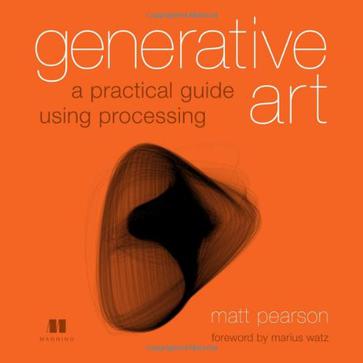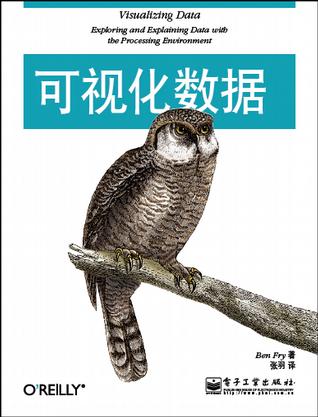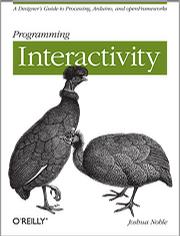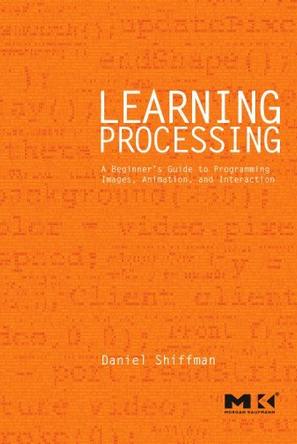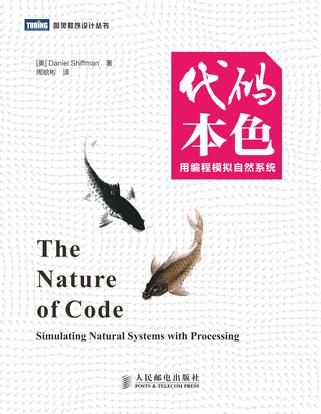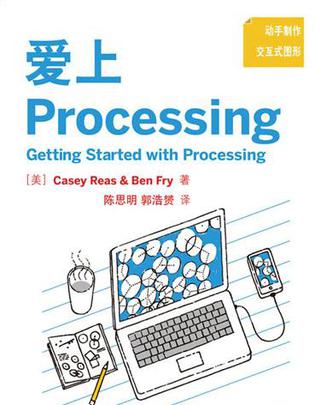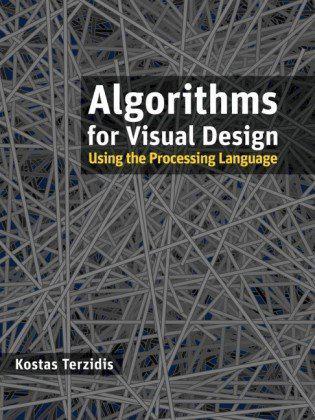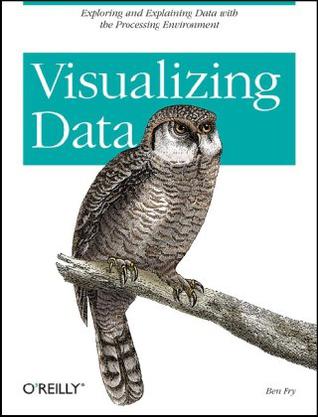欢迎来到相识电子书!
标签:processing
-
Generative Art
Artists have always explored new media, and computer-based artists are no exception. Generative art, an emerging technique where print or onscreen images are created by use of computer algorithms, finds the artistic intersection between programming, computer graphics, and individual expression. Generative Art presents both the technique and the beauty of algorithmic art. In it, you'll find dozens of high-quality examples of generative art, along with the specific programmatic steps author and artist Matt Pearson followed to create each unique piece. The book includes concise tutorials for each of the technical components required to create the book's examples, and it offers countless suggestions for how you can combine and reuse the various techniques to create your own works. -
Generative Art
Artists have always explored new media, and computer-based artists are no exception. Generative art, an emerging technique where print or onscreen images are created by use of computer algorithms, finds the artistic intersection between programming, computer graphics, and individual expression. Generative Art presents both the technique and the beauty of algorithmic art. In it, you'll find dozens of high-quality examples of generative art, along with the specific programmatic steps author and artist Matt Pearson followed to create each unique piece. The book includes concise tutorials for each of the technical components required to create the book's examples, and it offers countless suggestions for how you can combine and reuse the various techniques to create your own works. -
可视化数据
这是一本关于计算信息设计的书籍。从如何获取原始数据开始,到如何理解原始数据,本书都作了非常详尽的介绍。书中使用由作者开发的开源编程环境Processing编程,它非常简单易用。对于熟悉Java的程序员来说,本书后面的章节还介绍了如何将Processing和Java结合使用。 本书是写给那些拥有一个数据集合,好奇如何探索它,并且考虑如何交流这些数据的人们的。随着我们处理越来越多的信息,需要可视化数据的人的数量增长非常迅速。更重要的是,读者已经超越了某些可视化领域的专家。通过让更大范围的人接触到可视化思想,在接下来的几十年中应该可以看到一些真正让人惊叹的成果。 -
Programming Interactivity
Make cool stuff. If you're a designer or artist without a lot of programming experience, this book will teach you to work with 2D and 3D graphics, sound, physical interaction, and electronic circuitry to create all sorts of interesting and compelling experiences -- online and off. Programming Interactivity explains programming and electrical engineering basics, and introduces three freely available tools created specifically for artists and designers: *Processing, a Java-based programming language and environment for building projects on the desktop, Web, or mobile phones *Arduino, a system that integrates a microcomputer prototyping board, IDE, and programming language for creating your own hardware and controls *OpenFrameworks, a coding framework simplified for designers and artists, using the powerful C++ programming language BTW, you don't have to wait until you finish the book to actually make something. You'll get working code samples you can use right away, along with the background and technical information you need to design, program, build, and troubleshoot your own projects. The cutting edge design techniques and discussions with leading artists and designers will give you the tools and inspiration to let your imagination take flight. -
Learning Processing
Book Description Teaches graphic artists the fundamentals of computer programming within a visual playground! Product Description This book introduces programming concepts in the context of computer graphics and visual art, in a more accessible format than traditional programming textbooks. It uses the open source programming language Processing as the basis for all discussion and examples, focusing on the fundamentals such as variables, conditionals, loops, arrays, and objects in a highly visual manner. The book will also introduce advanced topics such as data mining, networking, image processing, computer vision, and 3D graphics. It will also introduce using Processing for "tangible media"; communicating with microcontrollers to interact with the physical environment. Processing is built on top of the programming language Java, and so is an excellent introduction to Java and object-oriented programming, and will help prepare the student for study of more advanced object-oriented languages such as Java or C++. * Introduces the concepts of computer programming using the programming language Processing developed at the MIT Media Lab * Written for the interactive media designer without any programming experience * Includes source code for many examples, illustrated with examples of what can be done with Processing -
代码本色:用编程模拟自然系统
本书介绍了用计算机模拟自然系统涉及的编程策略与技术,涵盖了基本的数学和物理概念,以及可视化地展示模拟结果所需的高级算法。读者将从构建基本的物理引擎开始,一步一步地学习如何创建智能移动的物体和复杂的系统,为进一步探索生成设计奠定基础。相关的知识点包括力、三角、分形、细胞自动机、自组织和遗传算法。本书的示例使用基于Java的开源语言及开发环境Processing编写。本书网站http://www.natureofcode.com)上的示例是在浏览器中通过Processing的JavaScript模式运行的。 作为纽约大学Tisch艺术学院Nature of Code课程主讲老师,Daniel集合了多年开发和教学经验,希望借由此书让大家真正了解如何用代码模拟自然现象。 -
爱上Processing
Processing最初是面向艺术家和设计师开发的程序。由Casey Reas和Ben Fry编著的《爱上Processing》适合零基础的初学者。《爱上Processing》的1~6章介绍了Processing的基础用法,而7~10章则结合计算机高级编程语言的基础知识,通过示例让初学者更加透彻地理解编程的逻辑思路以及语言。第11章结合Arduino物理模块进行了延伸。《爱上Processing》与《爱上Arduino》一书相呼应,向大家展现了Processing的强大拓展性和创造性。 -
Algorithms for Visual Design Using the Processing Language
As the first book to share the necessary algorithms for creating code to experiment with design problems in the processing language, this book offers a series of generic procedures that can function as building blocks and encourages you to then use those building blocks to experiment, explore, and channel your thoughts, ideas, and principles into potential solutions. The book covers such topics as structured shapes, solid geometry, networking and databases, physical computing, image processing, graphic user interfaces, and more. -
Visualizing Data
Enormous quantities of data go unused or underused today, simply because people can't visualize the quantities and relationships in it. Using a downloadable programming environment developed by the author, Visualizing Data demonstrates methods for representing data accurately on the Web and elsewhere, complete with user interaction, animation, and more. How do the 3.1 billion A, C, G and T letters of the human genome compare to those of a chimp or a mouse? What do the paths that millions of visitors take through a web site look like? With Visualizing Data, you learn how to answer complex questions like these with thoroughly interactive displays. We're not talking about cookie-cutter charts and graphs. This book teaches you how to design entire interfaces around large, complex data sets with the help of a powerful new design and prototyping tool called "Processing". Used by many researchers and companies to convey specific data in a clear and understandable manner, the Processing beta is available free. With this tool and Visualizing Data as a guide, you'll learn basic visualization principles, how to choose the right kind of display for your purposes, and how to provide interactive features that will bring users to your site over and over. This book teaches you: * The seven stages of visualizing data -- acquire, parse, filter, mine, represent, refine, and interact * How all data problems begin with a question and end with a narrative construct that provides a clear answer without extraneous details * Several example projects with the code to make them work * Positive and negative points of each representation discussed. The focus is on customization so that each one best suits what you want to convey about your data set The book does not provide ready-made "visualizations" that can be plugged into any data set. Instead, with chapters divided by types of data rather than types of display, you'll learn how each visualization conveys the unique properties of the data it represents -- why the data was collected, what's interesting about it, and what stories it can tell. Visualizing Data teaches you how to answer questions, not simply display information.
热门标签
下载排行榜
- 1 梦的解析:最佳译本
- 2 李鸿章全传
- 3 淡定的智慧
- 4 心理操控术
- 5 哈佛口才课
- 6 俗世奇人
- 7 日瓦戈医生
- 8 笑死你的逻辑学
- 9 历史老师没教过的历史
- 10 1分钟和陌生人成为朋友

